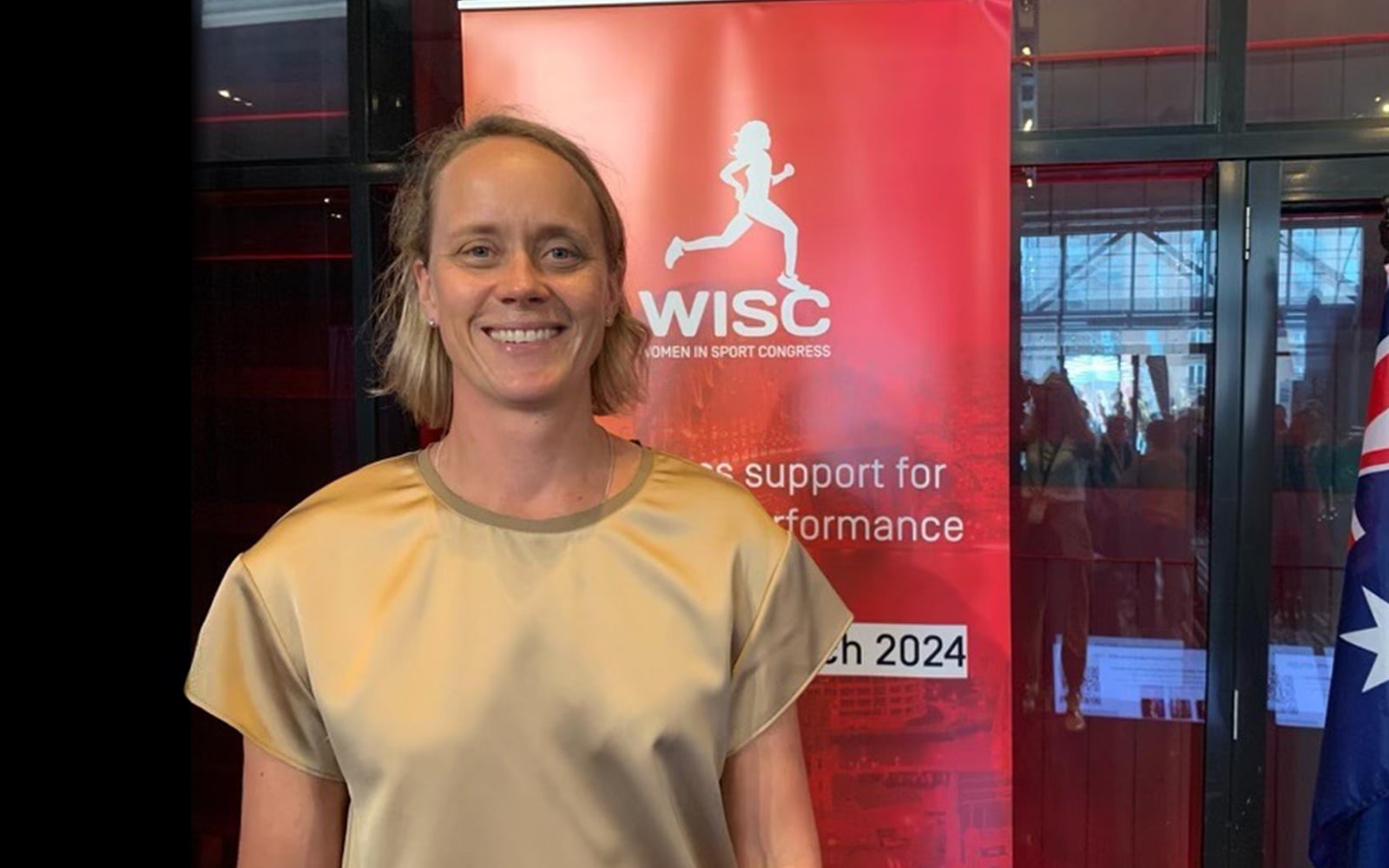A doctor, a sport and exercise physician, an Olympian, a wife and a mother. Dr Rachel Harris is always busy but with ‘so many glass ceilings still to break’ she’s not slowing down any time soon.
Dr Harris has been working with Paralympics Australia for several years paving the way for other successful women and athletes to become involved in sport at an elite level.
She was the Chief Medical Officer for the Tokyo 2020 campaign, inspired to join the organisation by former Paralympics Australia CMO Dr Lari Trease, who was Harris’s mentor when she was a registrar at the Australasian College of Sport and Exercise Physicians.
“I think the athletes themselves are such a great cohort of athletes to work with,” she said.
“They’ve been through so much in their lives and just being able to assist them in achieving their dreams and see them inspiring people all around the world is just a great thing to be a part of.
“I guess what led me down that pathway is probably my life as an athlete in the past.”
Dr Harris is also a Commonwealth Games swimming gold medallist who honed her sports medicine expertise through roles with Australia’s elite rowers, cricketers, swimmers, AFL and water polo players.
The Perth-based doctor has been working on a project through the Australian Institute of Sport, ‘The Female Performance and Health Initiative’.
“It was all around trying to provide the sporting system with some leadership around improving basic health literacy so that our athletes could get more out of themselves,” Harris said.
“Really trying to drive and advocate for better research in the female athlete space.
“Working on topics like how do menstrual cycles and hormonal contraception impact our athletes?
“How does the pelvic floor and breast health impact our athletes and things like fertility and pregnancy?”
Dr Harris wants to continue the progress in this space to ensure female athletes feel supported.
“I think it’s around normalising conversations (on female health), making sure that we’ve got leadership and visibility,” she said.
“We absolutely know that women and girls drop out of sport at a much higher rate than their male counterparts and there’s a whole lot of reasons for that.
“It might be things like being feeling uncomfortable in uniforms. It might be that they have breast pain and can’t participate.
“We also know that once they’re starting to go through their pregnancy journey, whether it’s considering pregnancy or they’re going through it and coming out the other side, they don’t always feel supported.
“We know that the more women and girls that we have in the sport and exercise pipeline, at the other end we’re going to get more elite athletes.
“So, we realistically need to be doing everything that we can to try and keep our athletes.”
Dr Harris – who has a five-year-old daughter, Poppy – said she felt fortunate to have been supported by the organisations she’s worked for, being recognised for her expertise regardless of gender, but there is more work to be done.
“We’re continuing to push for visibility and equality that we don’t have,” Dr Harris said.
“There are so many glass ceilings that we still need to break, not just in sport, but in so many other parts of the world as well.
“We absolutely need to be supporting and celebrating other women.
“It’s not just about women supporting women but also men supporting women as well, because until we’ve got all that support, we’re never going to get that equality piece happening.
“So, I think (International Women’s Day) is about celebration and it’s about continuing to strive to continue to break ceilings and improve for future generations as well.
“So not just settling for what we’ve got but continuing to push for more.”
By: Natalie McGarry, Paralympics Australia
Published: 8 March 2024



